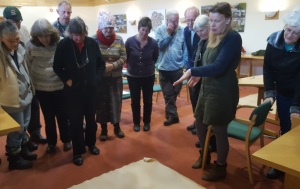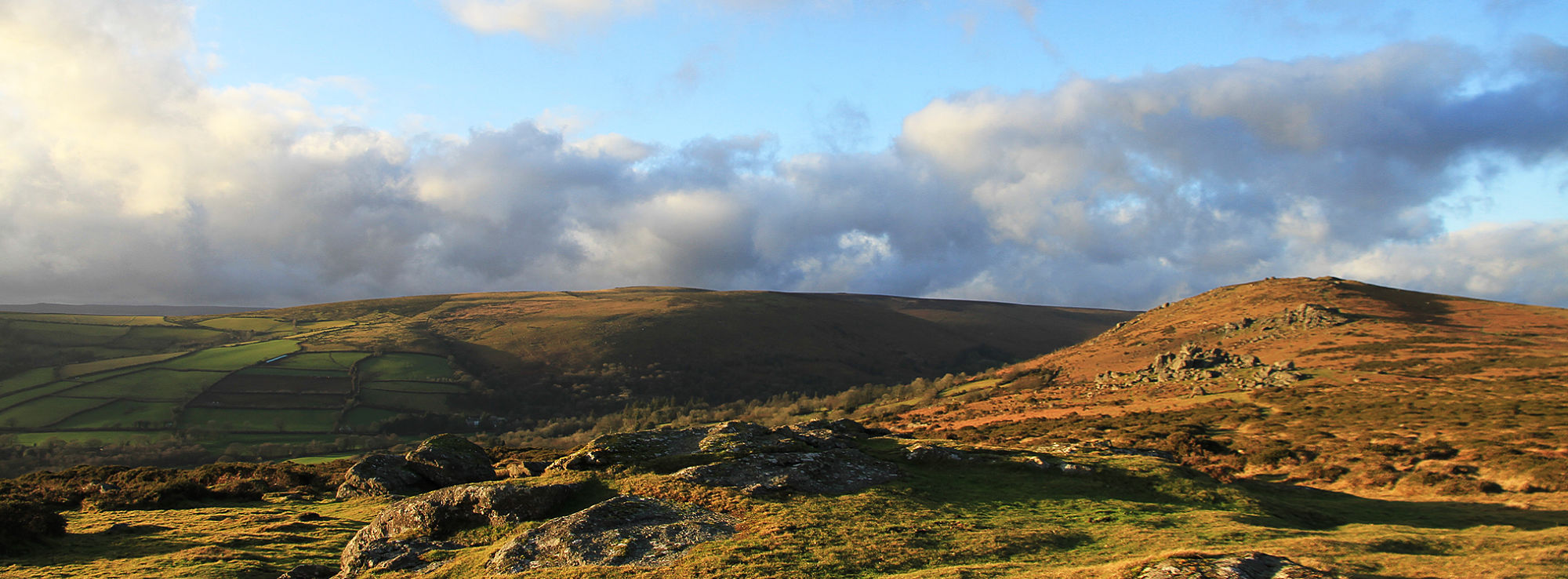 The regular Moor Medieval Study Group meeting took place last weekend at Parke despite the snow that fell higher up the moor. Given the interest in coming to the moor from across the region to see the snow, it was perhaps appropriate that the meeting focused on transhumance. In the medieval context this means the periodic movement of livestock up onto Dartmoor from the surrounding lowlands for summer grazing, rather than the influx of hundreds of people keen to play in the snow. Nevertheless, many people will probably have unknowingly followed old drove ways, familiar to our ancestors, to get, from where they live, up onto the moor. In medieval times thousands of cattle were driven up onto the moor, ensuring Dartmoor played a central role in the success of Devon's medieval economy.
The regular Moor Medieval Study Group meeting took place last weekend at Parke despite the snow that fell higher up the moor. Given the interest in coming to the moor from across the region to see the snow, it was perhaps appropriate that the meeting focused on transhumance. In the medieval context this means the periodic movement of livestock up onto Dartmoor from the surrounding lowlands for summer grazing, rather than the influx of hundreds of people keen to play in the snow. Nevertheless, many people will probably have unknowingly followed old drove ways, familiar to our ancestors, to get, from where they live, up onto the moor. In medieval times thousands of cattle were driven up onto the moor, ensuring Dartmoor played a central role in the success of Devon's medieval economy.
Emma Thurlbeck, one of the members of the study group, has produced some impressive maps which depict the Manor of Spitchwick as well as droveways, used to drive the cattle. She shared them with the study group and explained how she created the maps, and which medieval documents she sought inspiration from. Huge thanks to Emma for bringing the maps along to the meeting - they are pretty unwieldy! Emma was commissioned to create the maps for the forthcoming film 'Living and Dying on Medieval Dartmoor'. Watch this space for news of the film's release.





